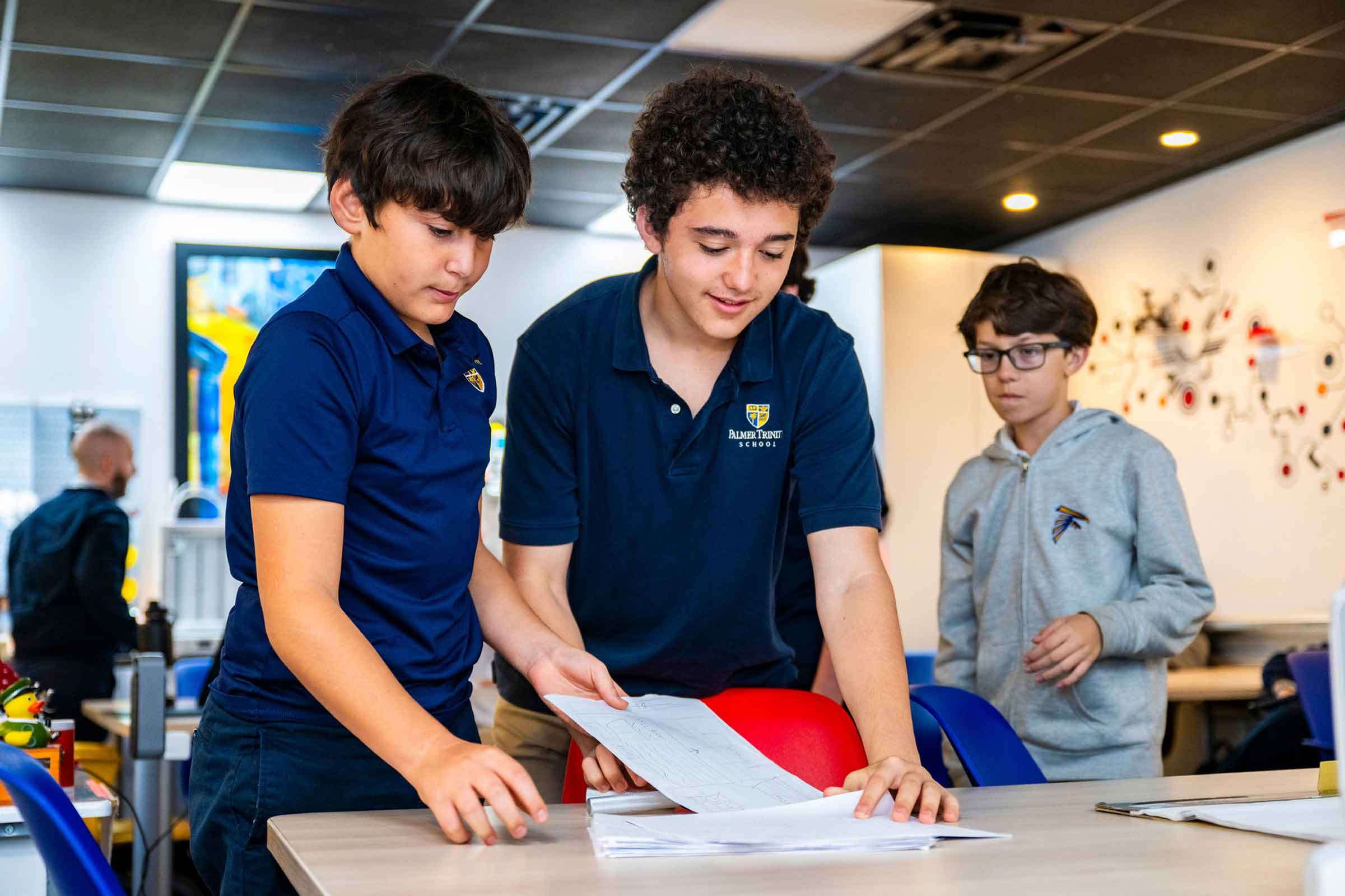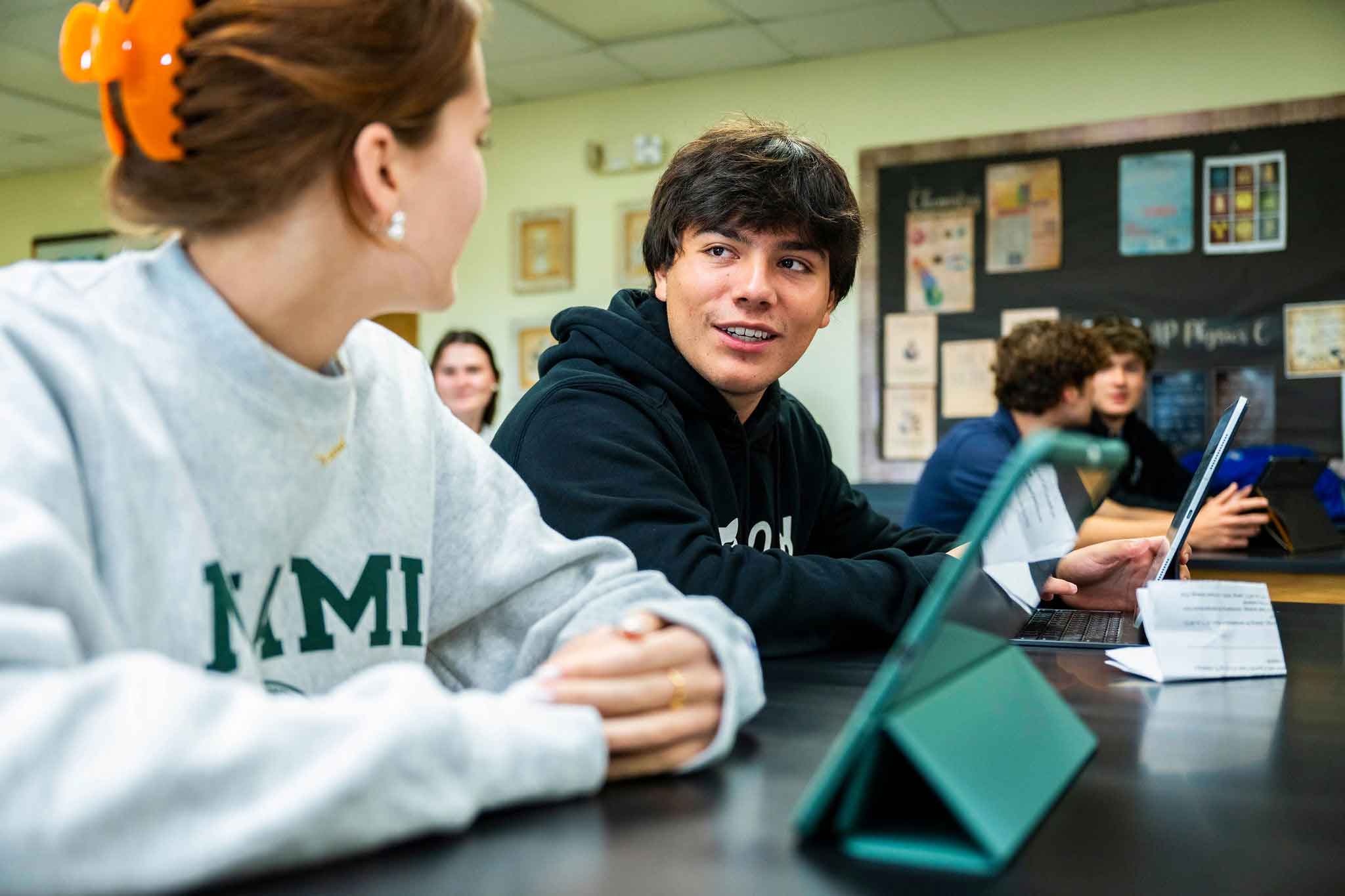PTS At A Glance
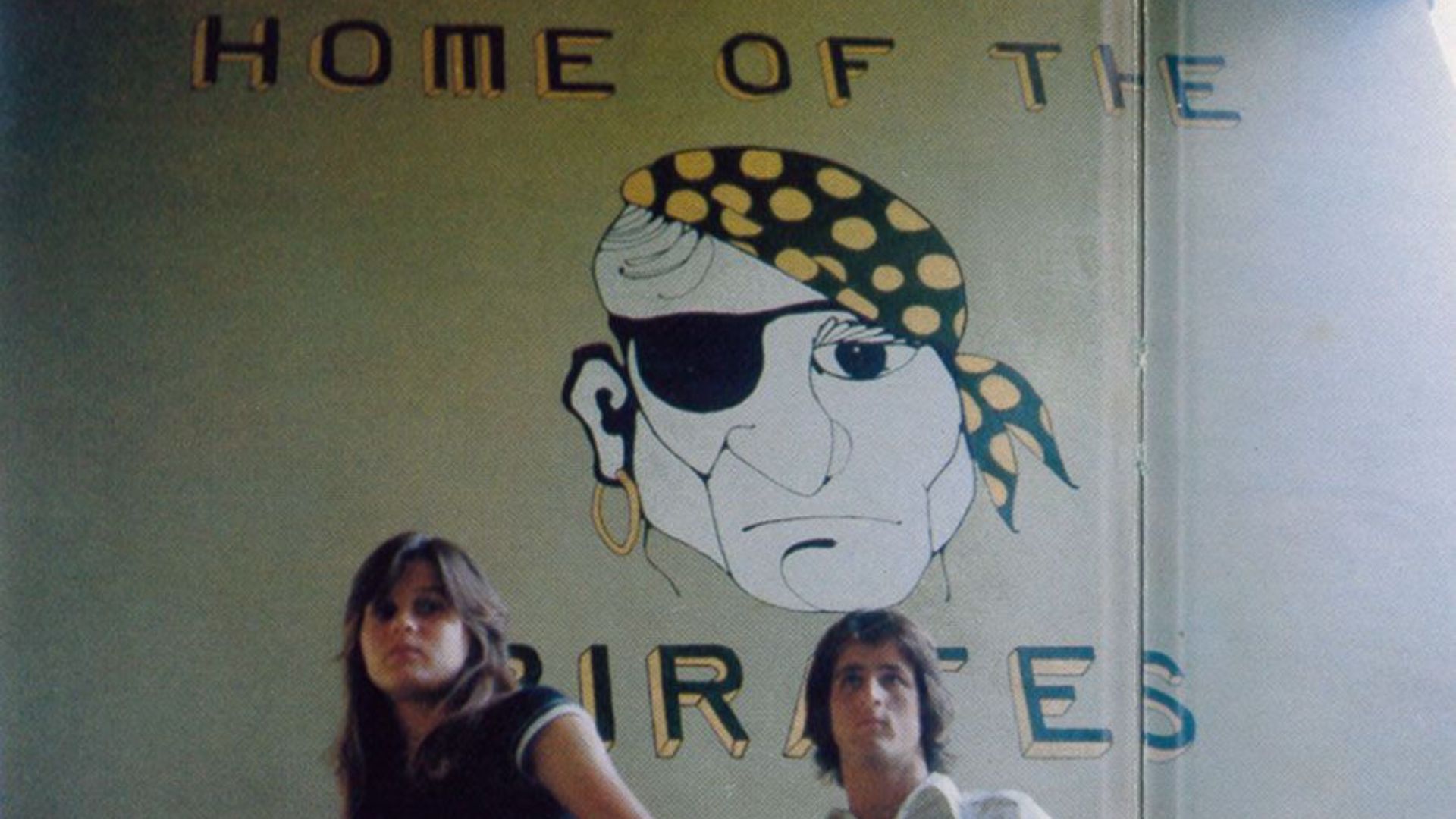
Past, Present, and Future
1972: Palmer School
In January 1972, the first Palmer students moved into their permanent classrooms on the beautiful 22-acre site that was the new Palmer Preparatory School, named for active and visionary founding Board member Rose Palmer O’Neil. While the original classroom building (currently the Middle School Building) was being completed, the first students had attended classes in the temporary quarters of a nearby church. When they moved to the campus, they found the completed classroom building; three circular modular units (used for the lunch room, the business office, the locker room and coaches’ office, classrooms, and typical of the times, a senior smoking lounge); and rocky football and baseball fields that would become smooth in the next few years as teachers and students worked together to lay sod. Palmer began with grades 9 through 12, and in June of 1973, the first class of Palmer Pirates, colors green and gold, graduated from Palmer Prep (later the name changed to Palmer School). The Activities Center, designed as a gymnasium and auditorium, was completed in 1980, and later the separate Library building was completed.
- Palmer was committed to strong academics, and for a small school, had a strong athletic program. Baseball, football, basketball, and soccer were all successful team sports, more for the boys at first, but by the mid 1970s the girls’ sports program took off as well. The tennis and golf teams went all the way to State competition.
- The arts were also celebrated. Pictures in the yearbook show lovely, skillful ceramic works being created by students.
- From the beginning, Palmer had a friendly, warm, caring atmosphere that fostered lasting friendships, a love of the school, and wonderful memories, many of which go back to school clubs and activities. By 1975, there was an active Spanish Club, Science Club, National Honor Society, Fellowship of Christian Athletes, Photography Club, Pirate’s Log (the school newspaper), Yearbook, Environmental Action Committee, Aquarium Club, Chorus, Guitar Group, Art Club, Cheerleaders, Pirates’ Club (pep club), and Pep Squad – many memories to cherish.
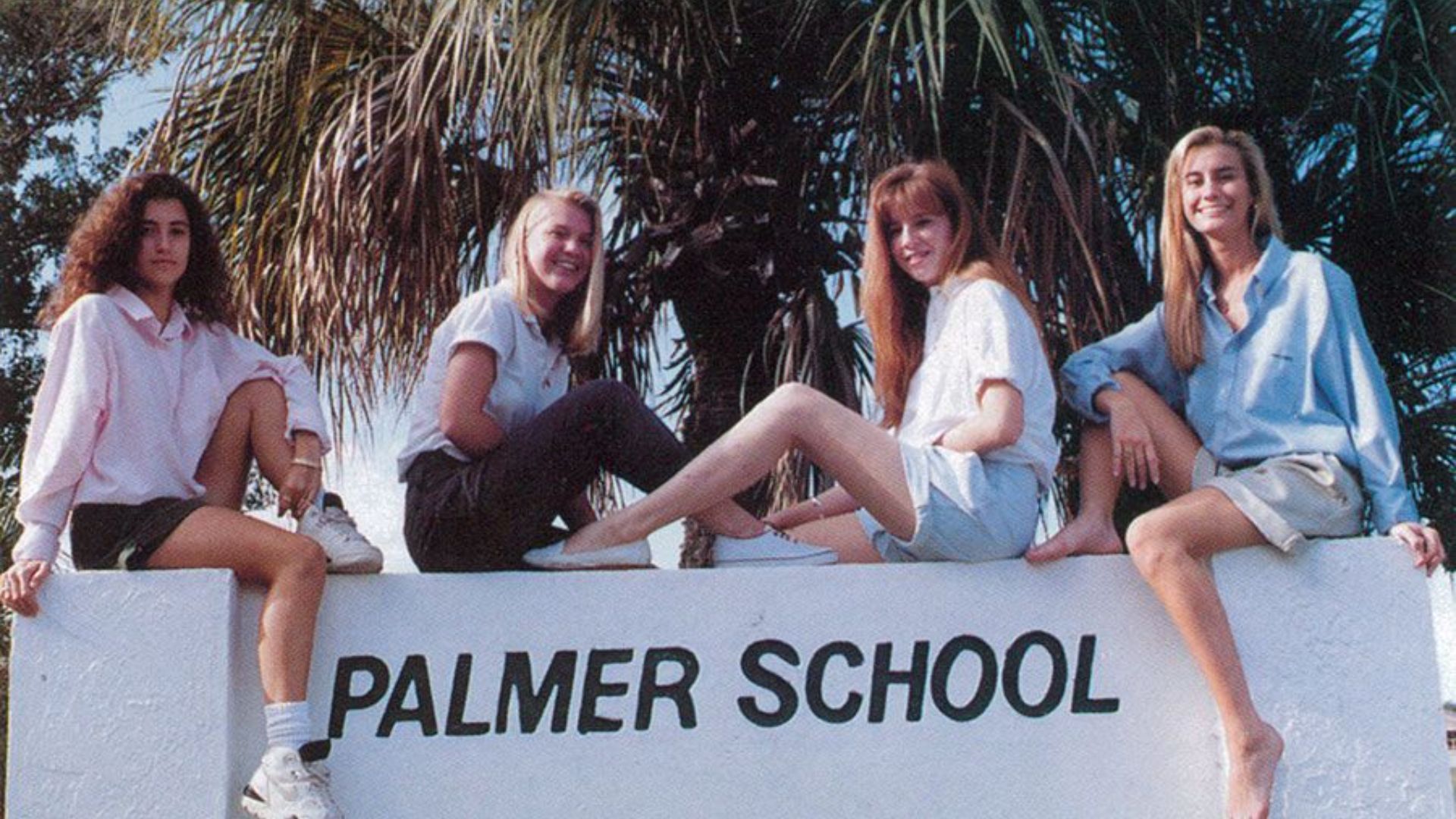
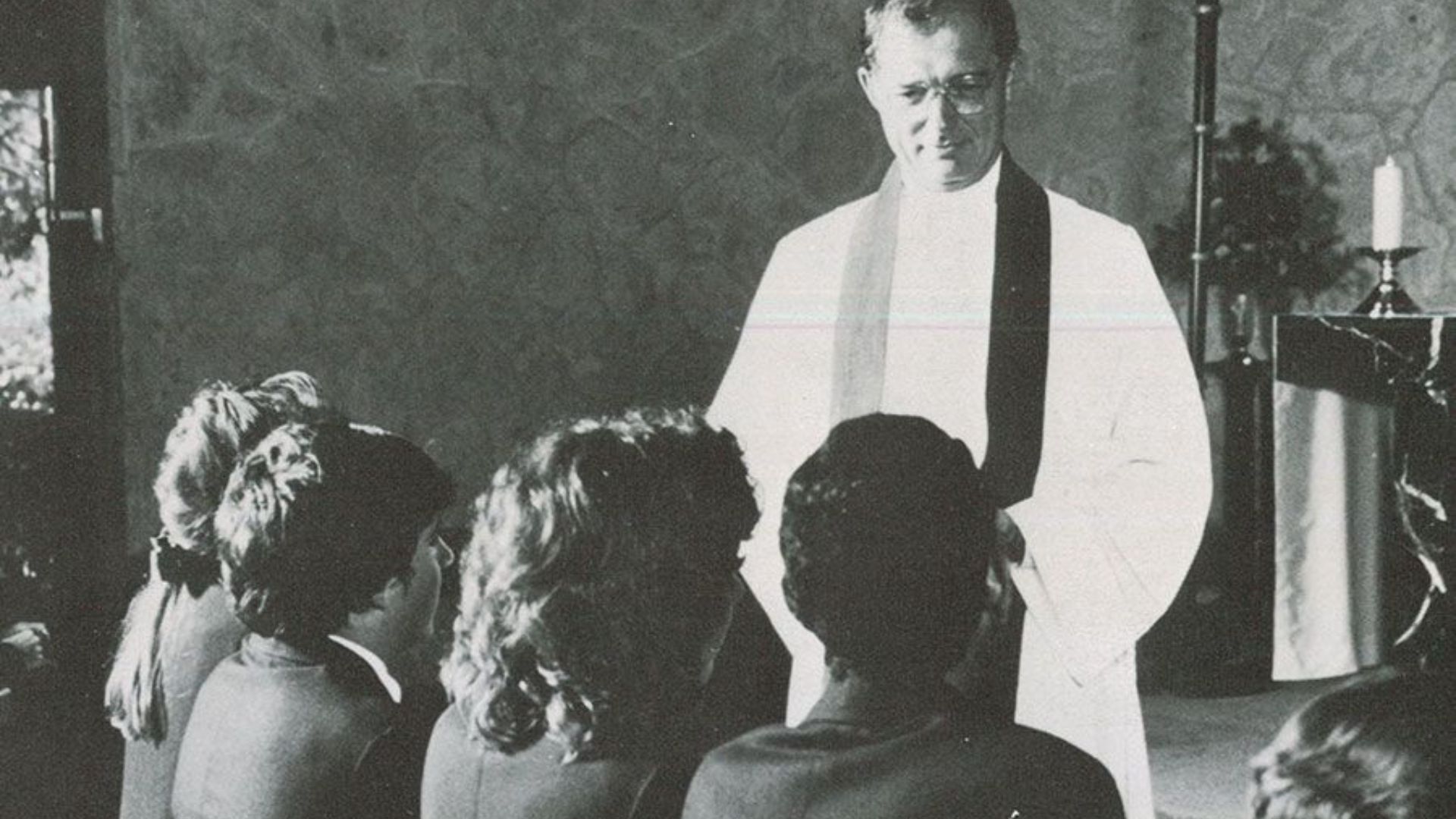
1983: Trinity Episcopal School
The parents who took their 7th and 8th grade children to the opening day of classes at Trinity Episcopal School in 1983, drove through the parking lot of St. Matthew’s Episcopal Church on Sunset Drive and back to a dirt road that led to a trailer where the administrative offices were housed. Modest beginnings, but the Trinity Titans, colors purple and white, felt bold and confident from the start. Every day began with chapel in the church sanctuary, and two refurbished buildings provided classroom space. Using the immediate area, Tropical Park, and courts at a nearby tennis club, an athletic program quickly developed that included soccer, football, basketball, lacrosse, cross country, baseball, softball, tennis, and cheerleading. The tennis team went all the way to State. Before long, parents and students were working together to lay concrete squares to create a courtyard entrance and beautify their new campus. In addition to providing a strong emphasis on academics, athletics, and spiritual formation, Trinity also helped students bond with each other and with faculty members by the many clubs on campus and trips off campus.
- The Yearbook (Footprints), Newspaper (Trinity Times), Drama Club, Eat ‘n Wear (the culinary club), Model Club (as in airplane models), Ceramics Club, Modern Dance, Service Club, Student Government, Band, National Honor Society, and other honor societies all helped to enhance skills in those areas and to build lasting friendships.
- Trips to far-away places like Williamsburg, Washington, DC, and Canada (which combined skiing and practice in speaking French) became highlights of education, fun, and community building. Ventures closer to home, like camping trips to the Peace River and the Keys, left memories of paddling canoes in the Florida wilderness with close friends.
- With a grade added each year, Trinity students developed a deep love for their campus, but in a visionary way they were excited in 1991 about the merger. In the last Trinity yearbook, the final two pages show a Trinity campus scene with the word “Good”, and then a scene of what would now become the Palmer Trinity campus, with the words, “Very Good."
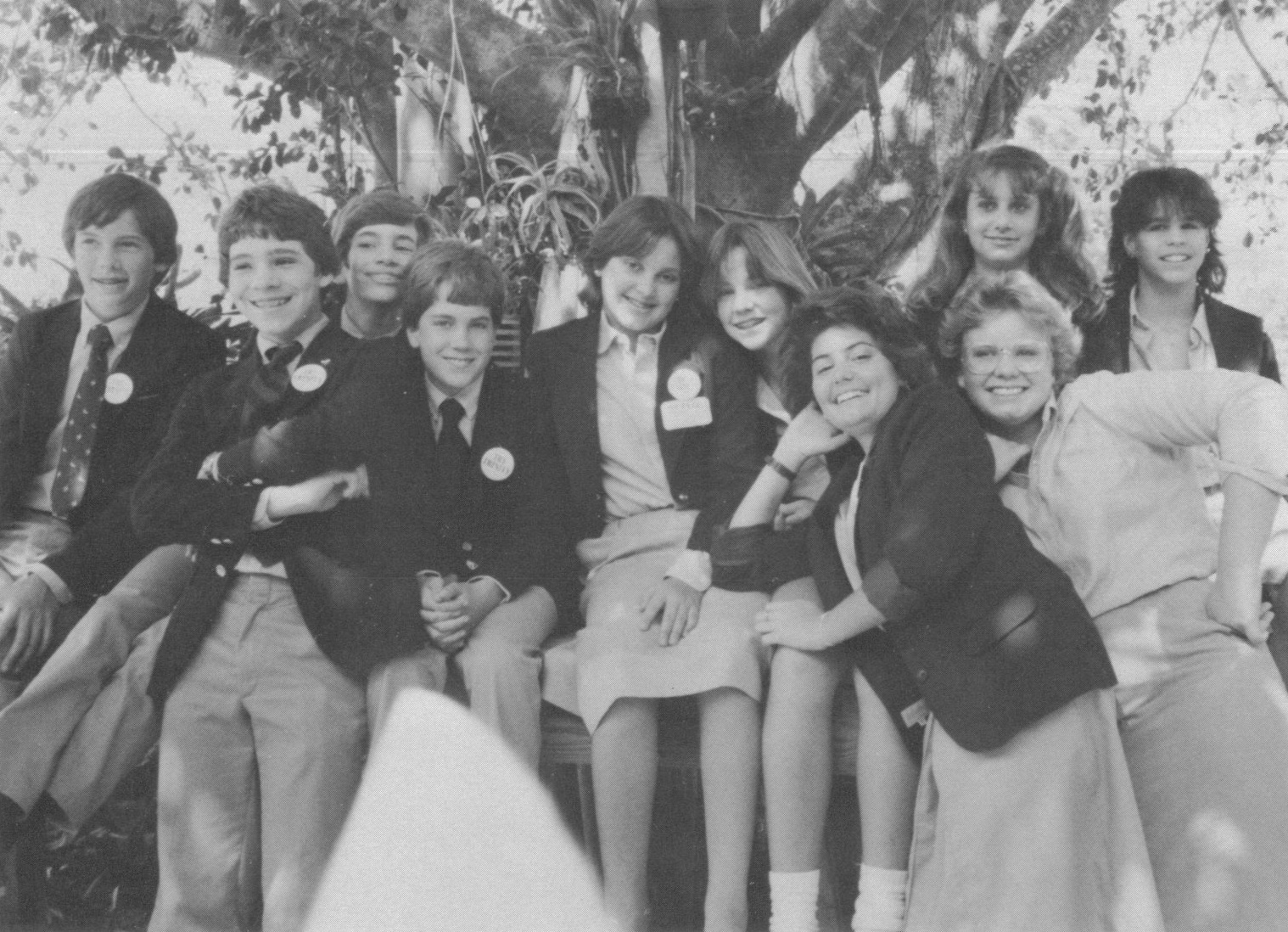
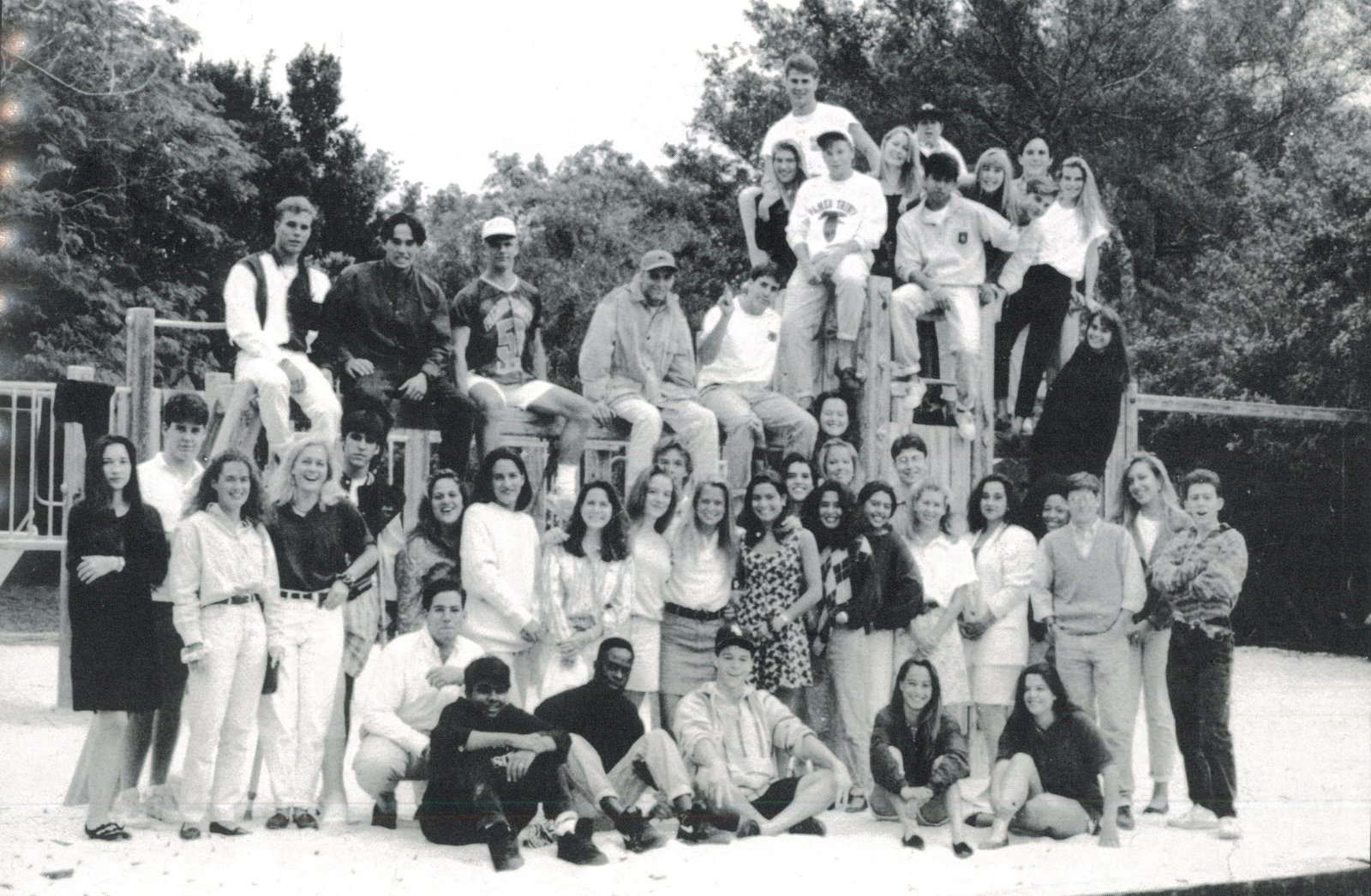
1991: Palmer Trinity School
In 1991, Palmer School merged with Trinity Episcopal School to become an independent, coeducational day school for grades six through twelve. The vision to unite allowed the two institutions to be mutually beneficial. The foundation laid by the merger and the school’s dedication to premier education paved the way to becoming a top independent school in the state.
Palmer Trinity School’s commitment to environmental preservation is reflected in the serene tropical loveliness of gumbo limbo trees, royal poincianas, palms, ferns, orchids, and other foliage native to the area. A new Humanities building, Music Center, Fitness facility, Math/Science building, expanded Library space, as well as a new academic building, have been added to the original three buildings. Three Innovation Spaces have also been built, allowing for learning through creativity.
Today
Today, Palmer Trinity’s dedication to excellence spans all facets of school life. Honors and AP courses, and initiatives like Religion and Ethics, Global Studies, Service Living, and Environmental Studies reflect Palmer Trinity’s commitment to strong traditional education that is also creative and innovative. The school’s 46 athletic teams testify to the growing and successful sports program. And the excellent drama, music, dance, and visual arts programs offer students a broad range of options in artistic expression.
Weekly convocations, frequently with an emphasis on topics of ethics, along with monthly worship that encourages spiritual formation in each individual, bond the students together in spiritual, as well as academic growth. A number of outreach projects provide hands-on experience in sharing the resources that we have been given with those less fortunate.
In just a little over a decade and a half since the merger, Palmer Trinity has grown into a much more mature institution than its years would suggest. And now we look to the exciting future before us, as Palmer Trinity steps into the years ahead.
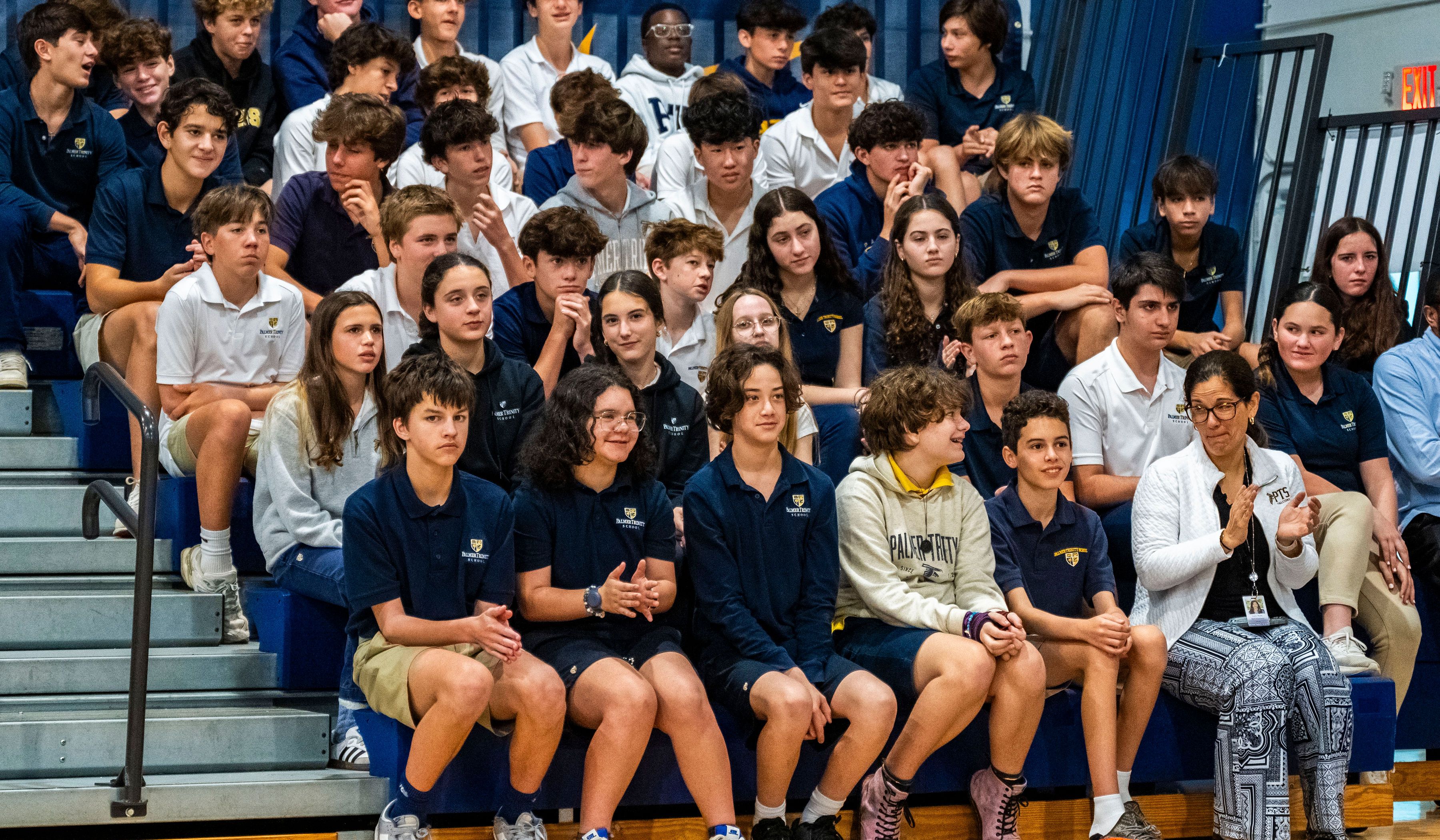
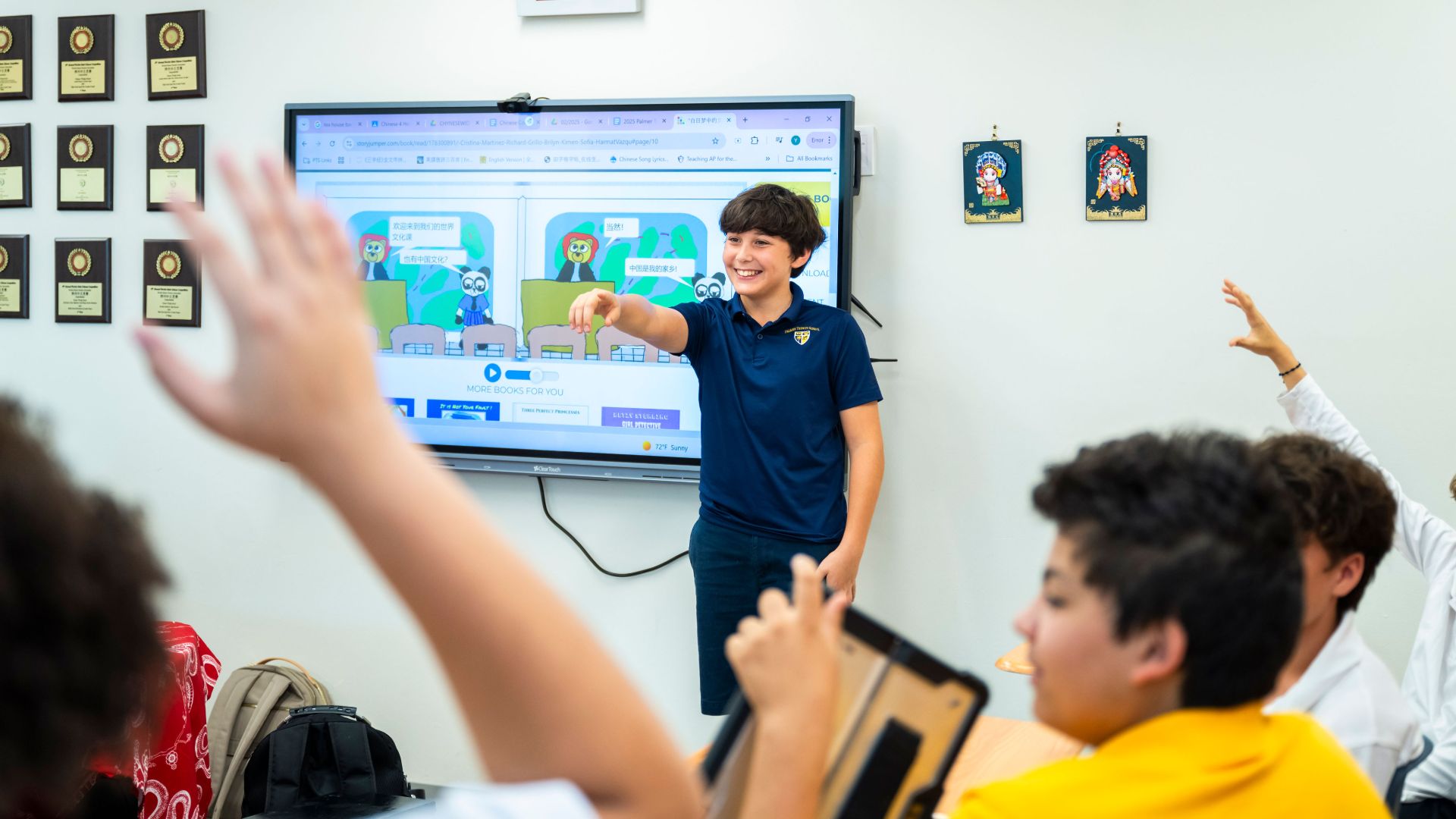
Today, Palmer Trinity’s students, over 50% of whom are bilingual, come from 37 countries and various religious traditions. As an Episcopal school, Palmer Trinity welcomes students and families of all faiths and promotes an affirming, inclusive atmosphere.




















